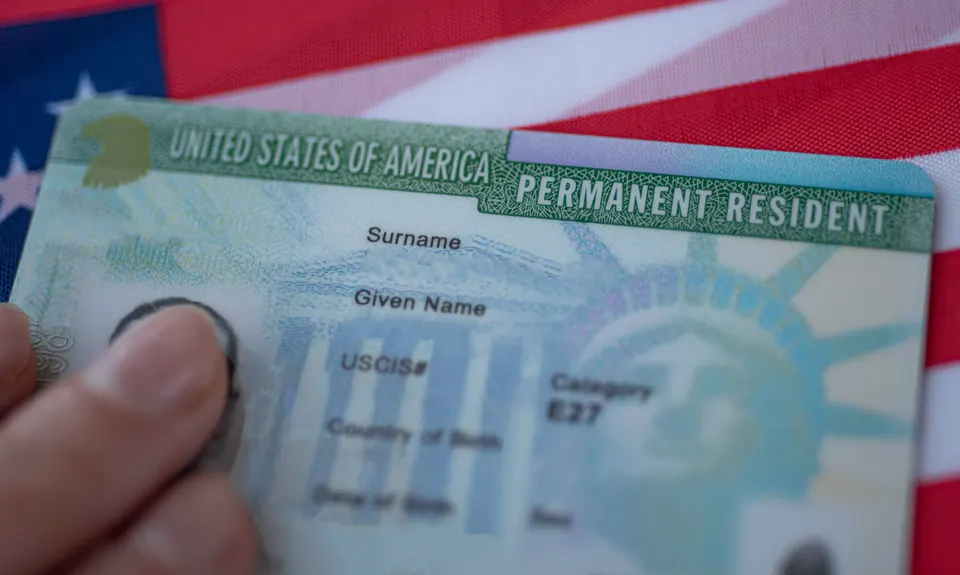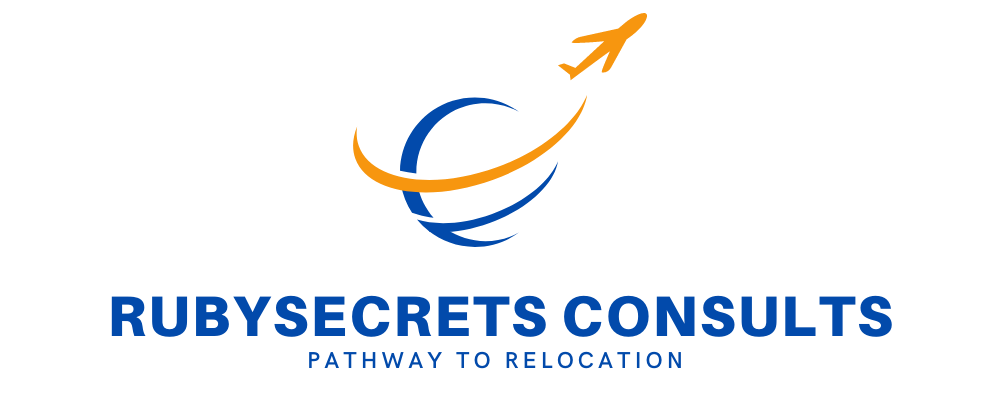
Are you stuck in the H-1B visa cycle—enduring lottery uncertainty, employer dependency, and endless waits for a Green Card? You’re not alone. Thousands of skilled professionals face these hurdles, especially those from high-demand countries like India and China. But there’s a powerful alternative: the EB1-A Green Card for Extraordinary Ability.
Unlike the H-1B, the EB1-A lets you self-petition for permanent residency—no employer sponsorship, no PERM labor certification, and no waiting decades. If you excel in fields like tech, science, business, engineering, or the arts, this could be your fastest path to a Green Card. Here’s how it works.
The H-1B Struggle: Why Professionals Feel Trapped
The H-1B visa, while valuable, comes with significant limitations:
- Lottery Uncertainty: Only 85,000 visas are issued annually, with a 20-30% selection rate in recent years.
- Employer Control: You’re tied to your sponsor—career moves or promotions require re-filing paperwork.
- Green Card Backlogs: Wait times for employment-based Green Cards (EB-2/EB-3) can exceed 10+ years for nationals of India and China.
- Job Flexibility: Switching employers risks restarting the Green Card process.
For high-achievers, these restrictions stifle career growth and stability.
The EB1-A Green Card: Your Key to Independence
The EB1-A (Employment-Based First Preference, Category A) is designed for individuals with extraordinary ability in their field. It offers:
✅ No Employer Sponsorship Required: Self-petition and retain full control of your immigration journey.
✅ No PERM Labor Certification: Skip the lengthy process of proving no qualified U.S. workers are available for your role.
✅ Priority Processing: EB1-A applications are prioritized, with faster approval times (often 6-12 months vs. years for EB-2/EB-3).
✅ Green Card for You and Your Family: Spouses and children under 21 can apply for permanent residency alongside you.
Do You Qualify for EB1-A? Breaking Down the Criteria
To qualify, you must meet 3 out of 10 criteria set by USCIS, proving “sustained national or international acclaim” in your field. Examples include:
- Major Awards: Nobel Prize, Oscar, Olympic Medal, or significant industry-specific honors.
- Membership in Elite Associations: Invite-only organizations requiring outstanding achievements (e.g., IEEE, National Academy of Sciences).
- Published Work: Scholarly articles, patents, or media coverage highlighting your contributions.
- Judging Others’ Work: Serving as a peer reviewer or expert evaluator in your field.
- High Salary/Compensation: Earnings significantly above peers in your industry.
- Commercial Success: Innovations impacting your field (e.g., patents generating revenue).
Not a “world-famous” figure? You don’t need to be! USCIS evaluates the quality of your achievements, not just fame.
EB1-A vs. H-1B: Key Benefits at a Glance
| Factor | H-1B Visa | EB1-A Green Card |
|---|---|---|
| Sponsorship | Employer-dependent | Self-petition |
| PERM Labor Cert. | Required for Green Card | Not required |
| Processing Time | 6+ months for visa, 10+ years for GC | 6-12 months for Green Card |
| Job Flexibility | Tied to employer | Work freely in any role or industry |
| Backlogs | Severe for EB-2/EB-3 | Current or minimal delays |
How to Transition from H-1B to EB1-A: 4 Strategic Steps
1. Assess Your Eligibility
- Review the 10 EB1-A criteria and identify 3+ you can document.
- Focus on impact—how your work has influenced your field or benefited the U.S.
2. Build a Compelling Case
- Gather evidence: awards, recommendation letters, media features, patents, and citations.
- Highlight leadership roles, high-profile projects, and contributions to major organizations.
3. File a Standalone I-140 Petition
- Submit Form I-140 with premium processing ($2,805 total fees) for a 15-day USCIS response.
- Include a persuasive cover letter connecting your achievements to national/international acclaim.
4. Adjust Status or Consular Process
- If approved, file Form I-485 (Adjustment of Status) within the U.S. or attend a consular interview abroad.
Found this guide helpful? If you’re ready to take the next step in your immigration journey, click the “Book a Consultation” button to speak with an experienced Immigration Specialist.

